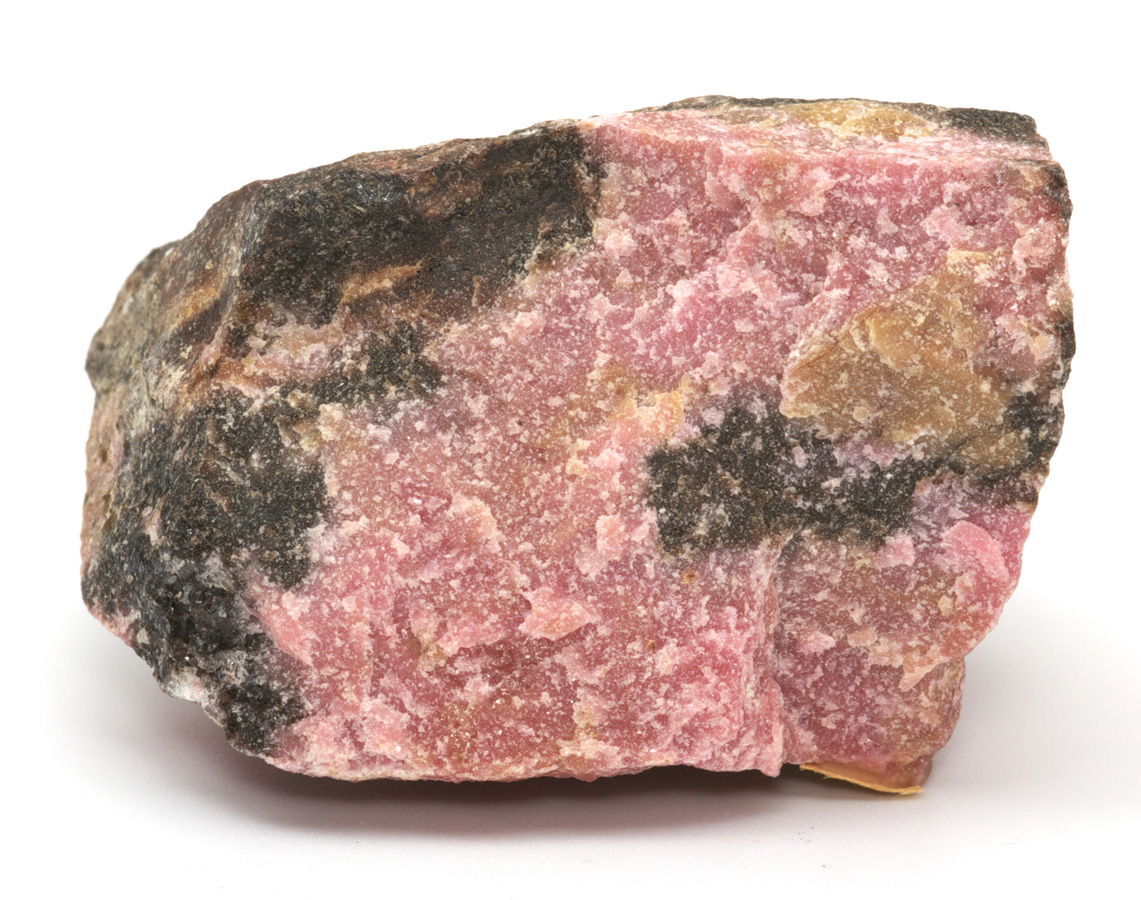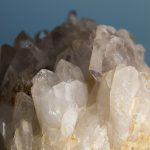Rhodonite has a distinct pink or rose red color, although material containing black veins is more popular than a uniform pink. Massive rhodonite is usually opaque to translucent, and it is carved, or cut as cabochons or beads. Transparent crystals are rare and fragile, but some have been cut for collectors.
Both crystals and massive material have been found in the Ural (Russia), Sweden, and Australia. Other localities for fine-grained rhodonite include Brazil, Mexico, United States, Canada, Italy, India, Madagascar, South Africa, Japan, New Zealand and England.
The name comes from rhodos, the Greek for “rose”, referring to the distinct color.





























Leave a Reply
You must be logged in to post a comment.